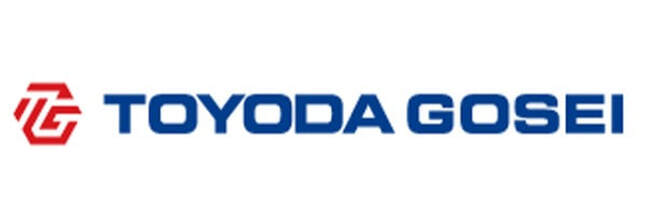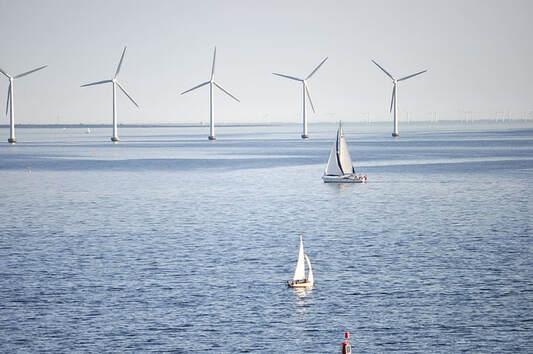April 2021 Composites Blog
April 1, 2021
Toyoda Gosei Receives Award for Composite High Pressure Hydrogen Tanks
Toyota Motor Corporation has awarded their Technology and Development Award to Toyoda Gosei (Logo shown above) for their high pressure hydrogen tanks on the new 2021 Toyota Mirai fuel cell vehicle (FCV). The new Mirai uses three high pressure tanks to hold hydrogen compressed to about 700 atm. The tanks, produced at Toyota’s Inabe plant, were developed by Toyoda Gosei in relationship with Toyota.
The new pressure vessel include three layers: a plastic liner, a carbon fiber reinforced plastic layer (CFRP), and a glass fiber reinforced plastic layer (GFRP). Improvements were made to the carbon fiber-reinforced plastic layer materials as well as production methods. By decreasing the thickness of the CFRP layer, Toyoda Gosei increased the storage efficiency of the hydrogen tanks by 10%.
Read more about the new high pressure hydrogen tanks here.
Nathanial Evans from BHC can assist you with composite pressure vessel testing.
The new pressure vessel include three layers: a plastic liner, a carbon fiber reinforced plastic layer (CFRP), and a glass fiber reinforced plastic layer (GFRP). Improvements were made to the carbon fiber-reinforced plastic layer materials as well as production methods. By decreasing the thickness of the CFRP layer, Toyoda Gosei increased the storage efficiency of the hydrogen tanks by 10%.
Read more about the new high pressure hydrogen tanks here.
Nathanial Evans from BHC can assist you with composite pressure vessel testing.
April 4, 2021
GE Renewable Energy Announces New Offshore Wind Turbine Blade Manufacturing Plant
GE Renewable Energy Announces New Offshore Wind Turbine Blade Manufacturing Plant
GE Renewable Energy, located in Paris, France, announced a new offshore composite wind turbine blade manufacturing plant in Teesside, England. The site will be operated by LM Wind Power from Kolding, Denmark to produce blades used for offshore wind turbines. The blades, measuring 107 meters long (351 feet), will be used on GE’s Haliade-X offshore wind turbine. The new plant is expected to create up to 750 direct jobs and should be completed in 2023.
The United Kingdom has a goal of reaching 40 gigawatts (GW) of offshore wind power by 2030. The Dogger Bank Wind Farm will be the chief beneficiary of the new blade plant and, when the farm is completed in 2026, will have a generation capacity of 3.6 GW, enough to power six million households in the UK. GE hopes this plant, along with its other renewable energy investments, will make it a key player in the offshore wind industry for the region.
Read more about the plant and GE’s renewable energy goals here.
BHC works with a technology for Microwave Non-Destructive Examination of Plastics and Composites.
The United Kingdom has a goal of reaching 40 gigawatts (GW) of offshore wind power by 2030. The Dogger Bank Wind Farm will be the chief beneficiary of the new blade plant and, when the farm is completed in 2026, will have a generation capacity of 3.6 GW, enough to power six million households in the UK. GE hopes this plant, along with its other renewable energy investments, will make it a key player in the offshore wind industry for the region.
Read more about the plant and GE’s renewable energy goals here.
BHC works with a technology for Microwave Non-Destructive Examination of Plastics and Composites.


